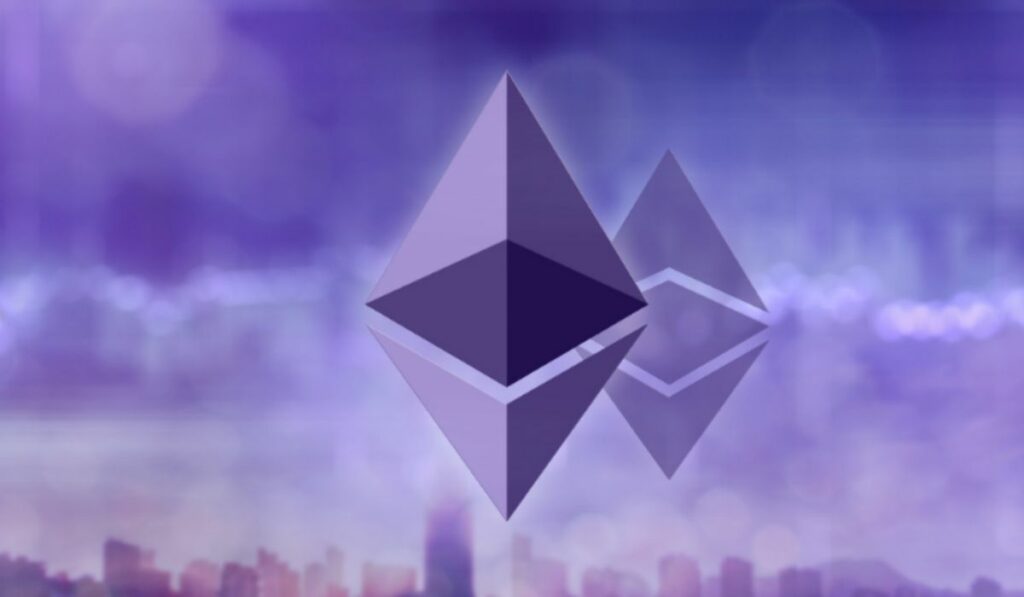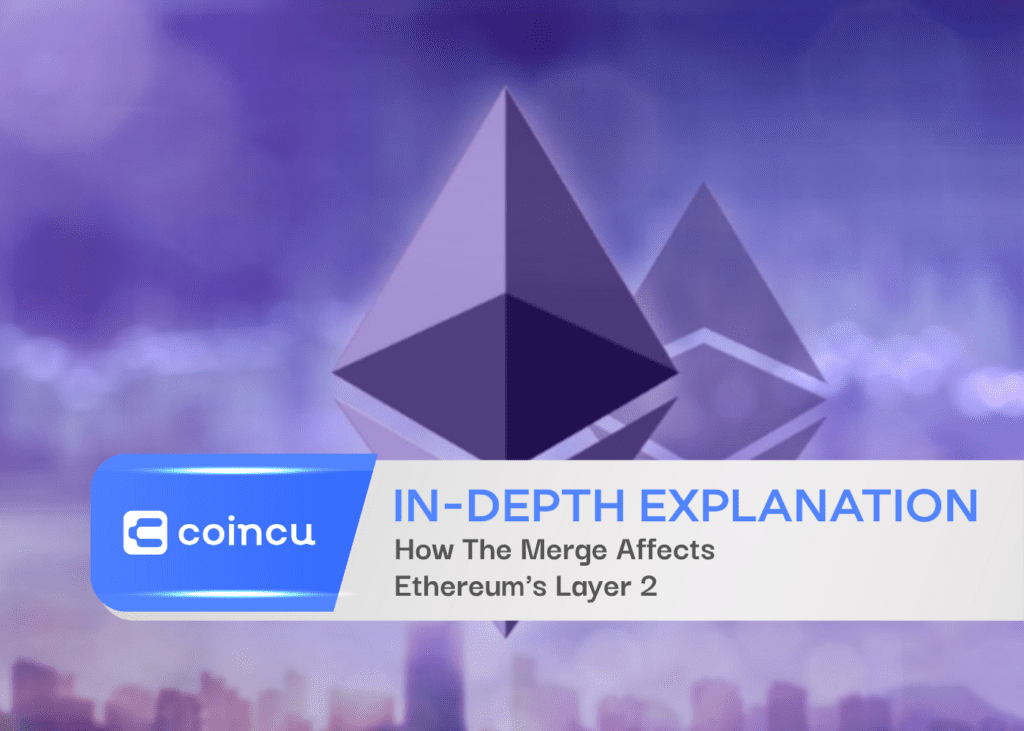The Merge, which is expected to be finished between September 13 and 15, will formally transition Ethereum to a proof-of-stake (PoS) blockchain in less than a week. With the switch, Ethereum’s current proof-of-work (PoW) chain will be abandoned, removing miners from the ecosystem.

Thousands of decentralized applications and decentralized finance protocols are built on top of Ethereum’s enormous ecosystem. Several layer-2 solutions, or those built on top of the blockchain itself (layer 1), are also available to enable quicker transactions and increase the scalability of Ethereum.
The second part of the three-phase transition process will be finished with the Merge. Only the official change in consensus, where the Ethereum blockchain begins processing transactions on the PoS chain, will take place during the next event. However, neither scalability nor gas prices will be much affected.
The third phase, which will add sharding, a type of parallel processing that Ethereum founders and engineers have promised could exponentially boost Ethereum’s transaction throughput, is where the scalability adjustments are expected to appear.
After the Merge, will layer-2 technologies like Polygon, Arbitrum One, Boba Network, and Loopering still be functional? For information on how the Merge will affect these L2 ecosystems.
Many people are wondering how L2 ecosystems fit into the picture, given that Ethereum is leveraging the Merge to build its infrastructure. L2 integrations have boosted Ethereum’s performance for a while now. But experts have claimed that the Merge will not just improve the Ethereum ecosystem, but that L2s are set to become more efficient as well.
Vlad Totia, a research analyst at L1 blockchain platform Zilliqa, L2 will improve in tandem with L1. He explained:
“Every L2 that is built to help Ethereum scale moves together with Ethereum. Meaning that if, for example, we take that Arbitrum is faster than Ethereum before the Merge and the L1 itself becomes faster, then Arbitrum essentially scales in speed as well. User and developer experience with L2s will improve in tandem with how Ethereum improves over time.”
The Merge is also expected to make L2s more environmentally friendly with the likes of Polygon claiming it would eventually cut its carbon emissions by 60,000 metric tons, or 99.91% of its current value.
According to experts, the environmental impact of the PoS transition may improve L2s adoption. For the Ethereum network to gain legitimacy and attract more businesses to the blockchain, Pat White, CEO and co-founder of corporate digital asset platform Bitwave, told that the switch to proof-of-stake would be essential. According to him, a “considerable percentage of enterprises have been avoiding digital assets due to environmental concerns. The Merge could serve as the impetus to include business.
The move is anticipated to improve the network’s security against coordinated attacks in addition to its efficiency and environmental advantages. Reorg attacks are susceptible to PoW blockchains, according to White, “but analogous assaults are significantly more difficult to perform on a PoS blockchain.”
ETH will open floodgates of institutional capital
This de-risking of ETH will open floodgates of institutional capital as the network is more secure and friendly to corporate environmental, social and governance goals, White added.
The Merge will mark the completion of the second phase of the three-phase process. A significant chunk of scalability features such as sharding and high transaction throughput will be achieved after the completion of the third and final phase, slated for the end of 2023.
Daniel Nagy, chief scientist at decentralized storage and communication system provider Swarm Foundation, shed light on a different aspect of the Merge and its long-term impact on L2s. He told that with the introduction of long-term scalability solutions, many projects, especially nonfungible token (NFT) projects, might opt for L1 rather than L2s.
He said that in more advanced L2 transaction systems, the rollups will be significantly helped by the Merge and might also eat into the current market share of side-chains. Nagy added that rollups, both the optimistic and the zero-knowledge kind, will vastly benefit from sharding, even in its most primitive form, where it is only useful for storing guaranteed-availability data.
This won’t happen right away with the Merge either, but it will happen eventually. Rollups would undoubtedly become more widely used, he predicted, while side chains will likely become less well-liked due to rollups and the more scalable L1 made possible by the Merge.
The Ethereum mainnet might acquire some popularity after all stages are complete, but L2s will still be the execution layer, according to many industry experts who anticipate that L2s will continue to prosper and gain traction on the Ethereum blockchain regardless of how scalable the network becomes.
DISCLAIMER: The Information on this website is provided as general market commentary and does not constitute investment advice. We encourage you to do your research before investing.
Join us to keep track of news: https://linktr.ee/coincu
Website: coincu.com
Annie
Coincu News





